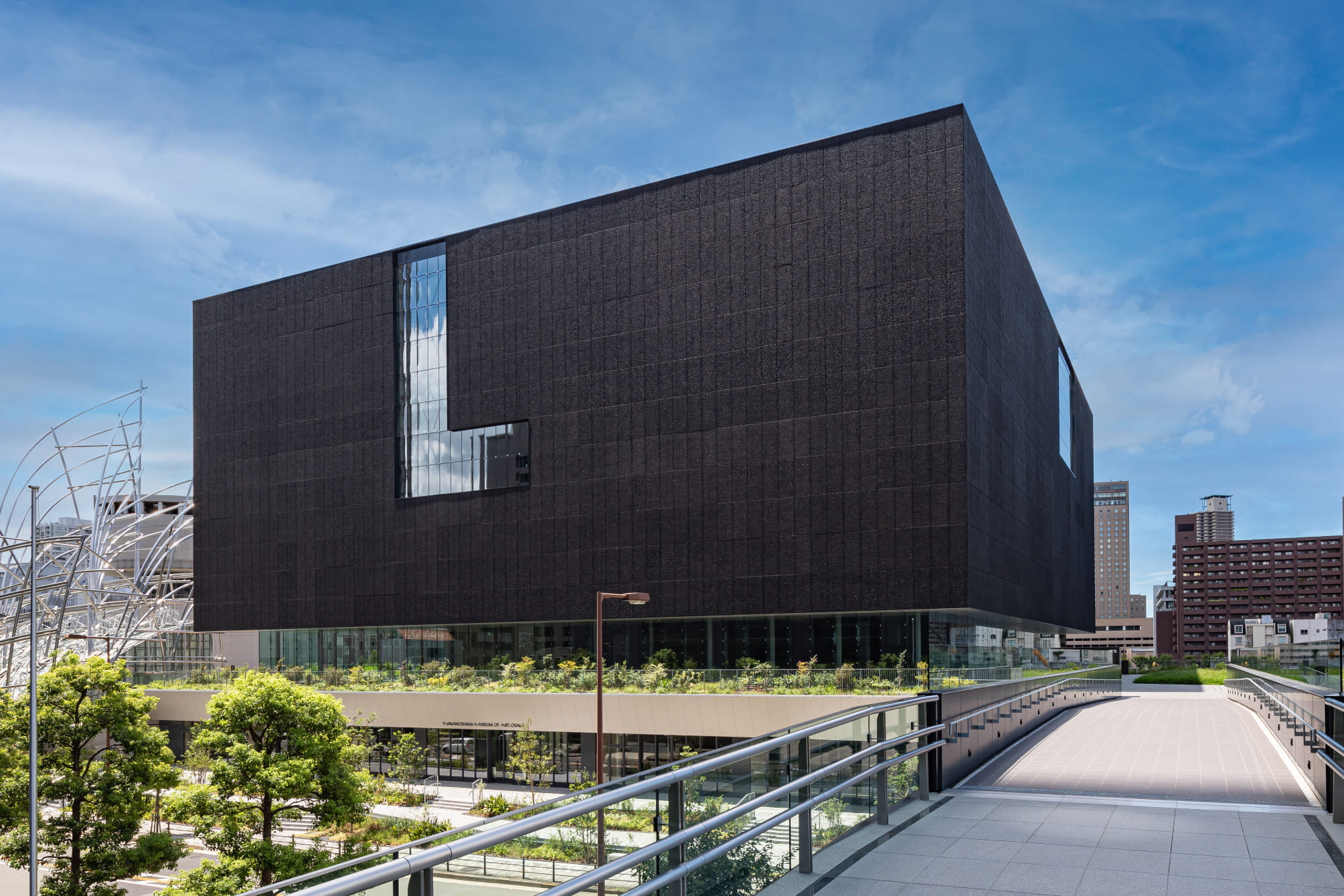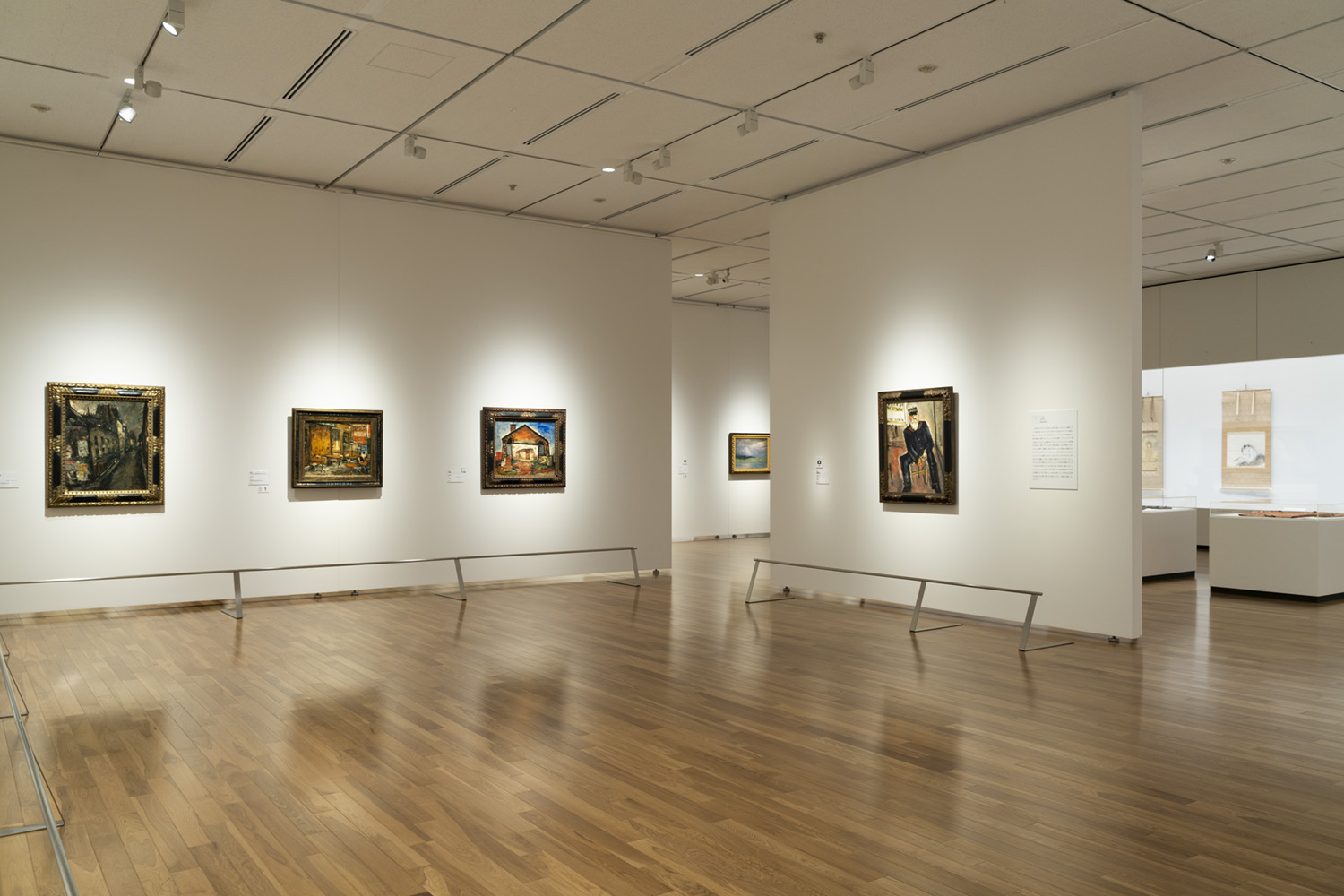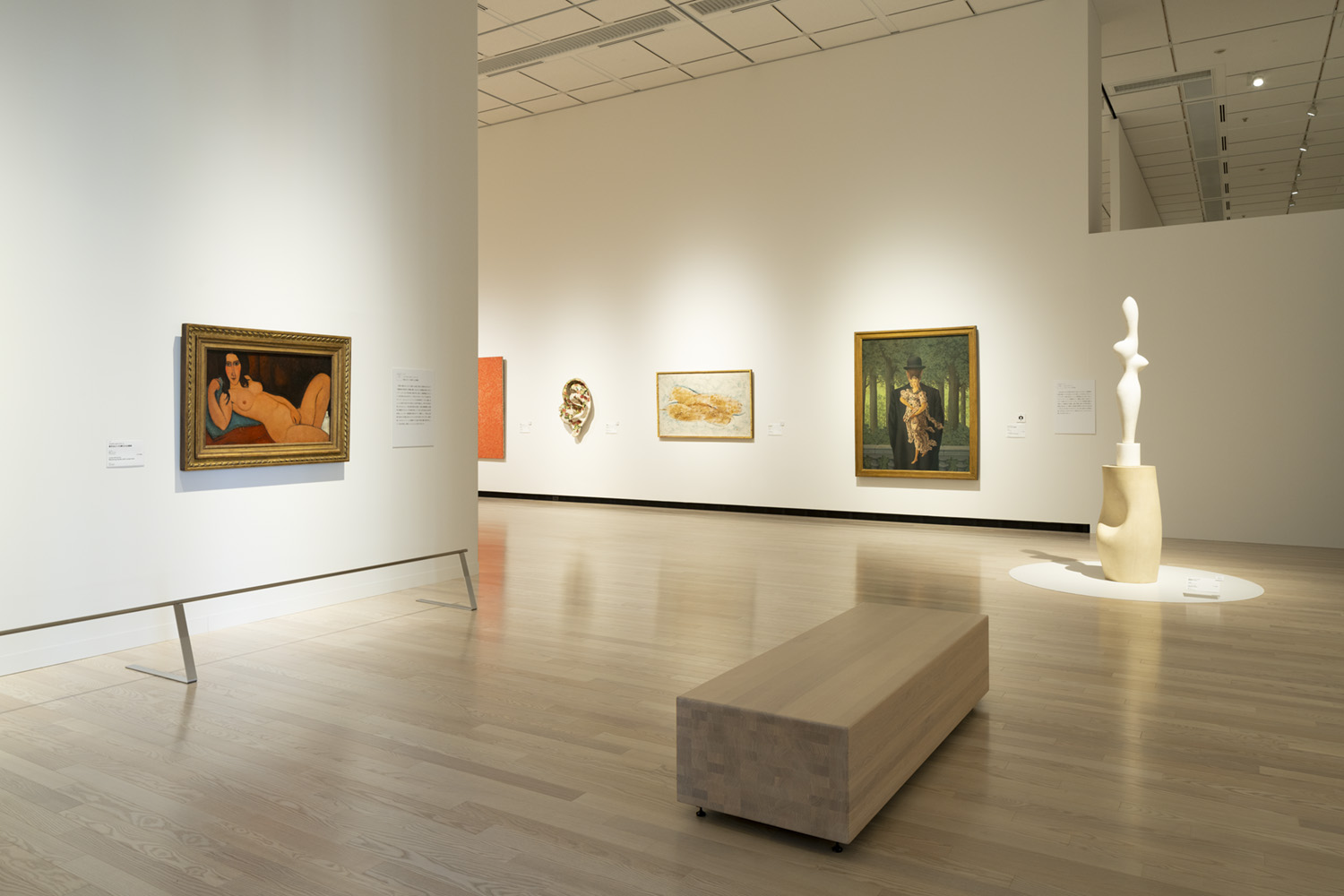HELLO! SUPER COLLECTION – 99 UNTOLD STORIES
HAPPENINGText: Amelia Ijiri
After decades of planning, the Nakanoshima Museum of Art, Osaka opened its doors on February 2nd, 2022. This art museum ushers in a new vision of what an art museum can be, including every element from the visually striking black box architectural design by Endo Architect and Associates and the impressive 6,000 works in its collection to its response to the extensive redefining that art museums have undergone in the 40 years since the Nakanoshima Museum of Art was originally conceptualized.

Nakanoshima Museum of Art, Osaka
The planning office, established in the 1990s, had to navigate the bubble economy, Osaka City’s declaration of a fiscal emergency in the early 2000s, and, most recently, the global COVID-19 pandemic, all while the fundamental concept of art museums was being questioned and redefined from an institute that holds, stores and exhibits artworks to one that performs a broader range of functions. Sugaya Tomio, the museum’s director, outlines three principal features that highlight the museum’s new approach [1].

Hello! Super Collection – 99 untold stories exhibition view, 2022, Nakanoshima Museum of Art, Osaka
The first is the democratizing of knowledge in the museum’s archives. Formerly only available to a specific set of people, these museum archives are open to the public. The second is collaboration with external specialists and organizations, such as, for example, an Industrial Design Archives Project (IDAP) working jointly with private-sector companies. Thus, the art museum is “one node in a network.” The third is the inclusion of an Osaka-based perspective that would also encompass more Asian art and art by women.

Hello! Super Collection – 99 untold stories exhibition view, 2022, Nakanoshima Museum of Art, Osaka
The Osaka-based perspective isn’t simply about collecting local artists; it promotes a worldview that questions Western-centric art views and the assumption that Tokyo is the center of culture and information. The Osaka-based perspective isn’t simply about highlighting regional artists although that is certainly done. It is about transforming concepts that are fundamental to the art world, for example, the blurring of artistic and commercial, professional and amateur. Furthermore, Osaka does not have a public sector, university-equivalent art college, so art and activities have developed with an enterprising spirit constrained by conventions [2]. Existing categories and value systems all came under discussion to create a vision for the museum that emphasizes an Osaka mindset.
Read more ...





